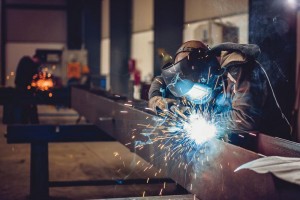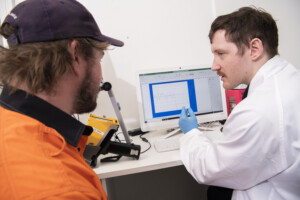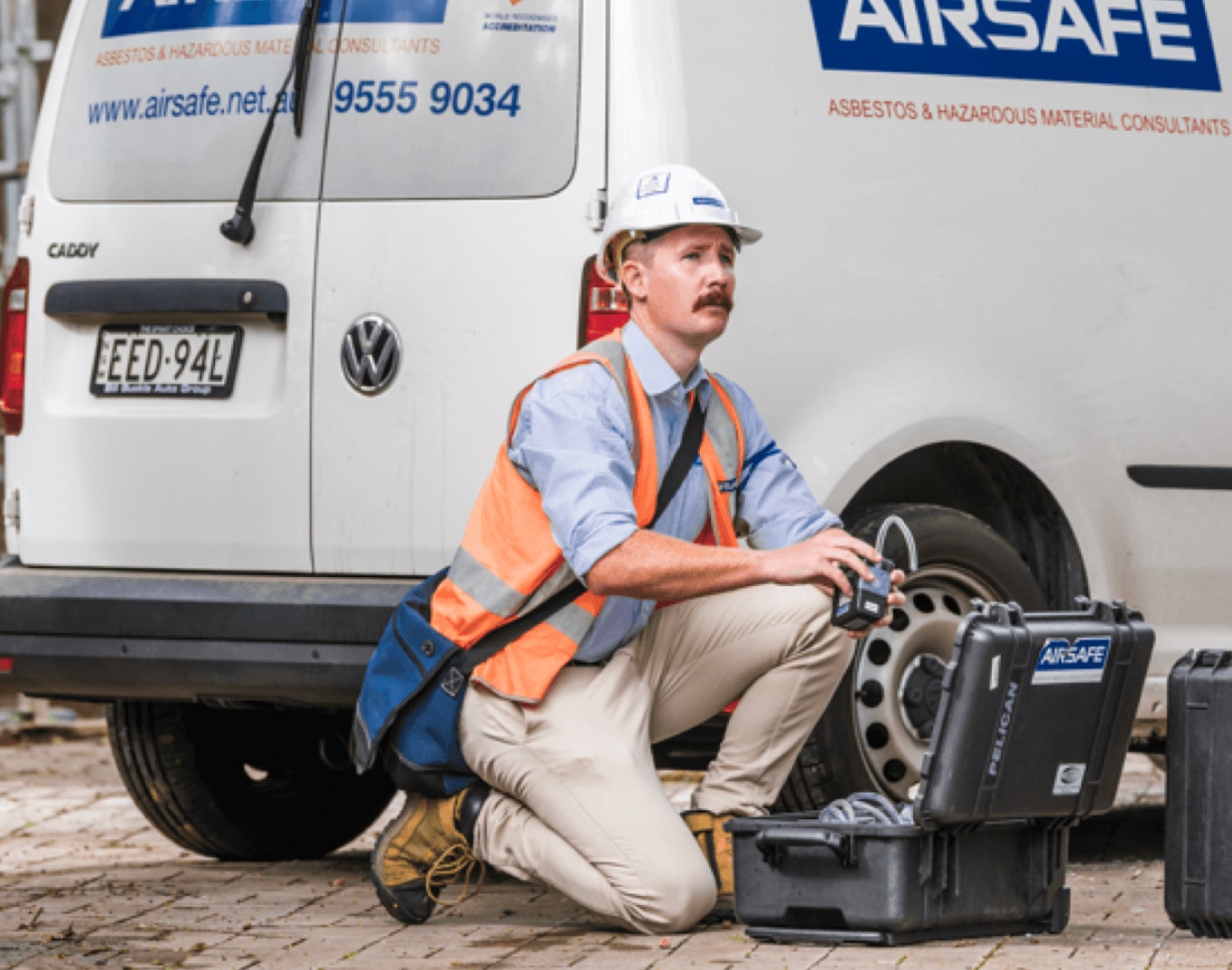Welding can generate fumes and ultraviolet (UV) radiation, both of which have been linked to cancer. Welding fumes can cause lung cancer, and are linked to kidney and bladder cancer if safety precautions are not taken. Welding-related UV radiation can cause melanoma.
In 2017, the International Agency for Research on Cancer (IARC) (a branch of the World Health Organization) determined there was sufficient evidence to upgrade welding fumes’ carcinogenic status, and to classify UV radiation for the first time. They made the following changes:
- changing welding fumes’ carcinogenic status from Group 2B Carcinogen (possibly carcinogenic to humans) to Group 1 Carcinogen (carcinogenic to humans)
- classifying UV radiation emitted during welding as a Group 1 Carcinogen.
How welding generates fumes and UV radiation
Fumes, mists, dust, vapours, and gases, including ozone, can all be generated during welding. Some are visible, but many are not.
The amount and form of fumes emitted depends on the process and materials used in welding. Different metals, solvents, flux, paint, and plastics can all generate different fumes.
UV radiation comes from electric arcs generated during arc welding. The amount of UV radiation generated is significant; it can travel long distances from arcs, especially in reflective environments; and it can produce large amounts of ozone.

Welding fume obligations under existing legislation
Under the Model WHS legislative framework, employers or persons conducting a business or undertaking (PCBUs) have the responsibility:
- to ensure welders are not exposed to health and safety risks during the course of their work activity, as far as is reasonably practicable
- to effectively manage the risks of hazardous chemicals, airborne contaminants, and plant, as well as other welding-related hazards such as noise and manual tasks
- to consult with their workers about the health and safety risks associated with welding activities and the development and implementation of appropriate controls.
Workplace Exposure Standard may be lowered
Safe Work Australia (SWA) has proposed lowering the Workplace Exposure Standard (WES) for Chromium VI from 0.05 mg/m3 to 0.000007 mg/m3 (7 ng/m3).
If this new, significantly lower WES is adopted, it will have a number of implications for the measurement and assessment of welding fume.
Specific hazards and control measures
To determine the risk of fume exposure while welding, you must first determine what equipment and materials are being used, as well as the amount of fumes, dust, vapour, and gases generated.
For example, when steel that has been coated with a rust-proofing compound is welded, phosphine is produced. Phosphine gas in high concentrations irritates the eyes, nose, and skin and has the potential to cause harm to lungs and other organs. To avoid phosphine contamination in this situation, you will first look for rust-proofed steel in the material to be welded.
Whatever materials you’re working with, Airsafe can help you determine the appropriate control measures.

How else can Airsafe help?
Airsafe’s experienced occupational hygienists can:
- consult with employees and provide them with information and training on the new findings and updated health risks
- consult with employees to develop and implement risk management and health monitoring requirements
- review current workplace risk assessments, controls, and PPE requirements using updated safety data sheets (SDS) and technical information from suppliers
- conduct air monitoring to measure exposure to welding fumes.
Avoid risking your team’s health: call Airsafe on 1300 810 796 .



